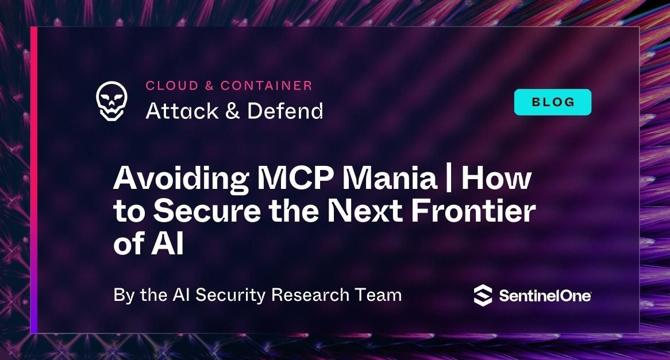Sentinelone
5d
127

Image Credit: Sentinelone
Avoiding MCP Mania | How to Secure the Next Frontier of AI
- Large Language Models (LLMs) are at the forefront of Artificial Intelligence (AI) evolution, with the Model Context Protocol (MCP) bridging LLMs with external systems and tools for seamless connectivity and enhanced functionalities.
- MCP enables LLM applications to interact with external sources, query data, and perform tasks, improving the accuracy and relevance of AI responses.
- Developers benefit from MCP's abstraction of system complexities, while end users enjoy more context-aware and dynamic AI interactions, spanning real-time scenarios.
- While MCP enhances AI capabilities, it also exposes AI models to security risks, making securing MCP-enabled AI systems essential for organizations relying on them for critical operations.
- Attack vectors against MCP systems include malicious tools, rug pulls, tool poisoning attacks, and cross-tool contamination, posing threats to cloud infrastructure and desktop systems.
- SentinelOne offers specialized protection for MCP environments through unified visibility, local MCP protection for desktop applications, and remote MCP service protection for cloud-based operations.
- The article presents case studies of MCP threats in action, such as local execution compromise and cloud resource manipulation, illustrating the importance of securing MCP tools and environments.
- Organizations implementing MCP-enabled AI systems should prioritize security monitoring, permission boundaries, security assessments, and incident response planning to mitigate evolving threats and safeguard resources.
- As MCP adoption grows, continuous adaptation of security frameworks is crucial to address complex threat vectors, ensuring that the power of MCP is utilized effectively and securely in the evolving AI landscape.
Read Full Article
7 Likes
For uninterrupted reading, download the app